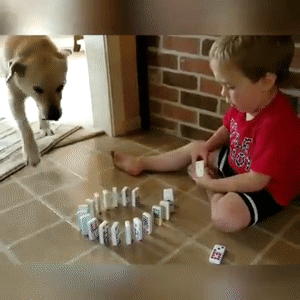#243 - Sequences > Scenes

I’ll frequently let assistants cut things and invariably they’re sweating bullets about how to start the scene and I’ll ask them if they have seen the scene before the scene they’re cutting, and they’ll say, “It’s not shot yet.”
And I’ll say, “Well, then you don’t know how to start this scene, so pick whatever you want and give as little thought as humanly possible because you might be right. But the odds are you might be wrong and you’re obsessing about something that you don’t know the answer to that yet.”
You can only answer that when you’ve got everything together. And you look at the transitions and you look at: “Should I be in closeup when I start? Should I be in a wide?” and you can spend three days cutting a sequence that really you should have spent three hours cutting it because you don’t know what’s the shot you’re coming from… you don’t have it. And that’s the assembly process.
Now what will happen is when I get that next scene I’ll join those scenes immediately together and then I’ll modify the cut. I will always be recutting my initial assembly the whole way through the assembly process. I never leave anything alone.— Lee Smith, Film Editor
This quote from Editor Lee Smith (1917, Spectre, Dunkirk, Interstellar) highlights the importance of sequences over scenes. The scenes will have to change in order to make the sequence work, so just keep building until you can start refining.
Thinking in terms of sequences not just scenes is the topic we'll be looking at in this issue of Cut/daily; with a little help from a man who has spent his entire life working in film and TV.
